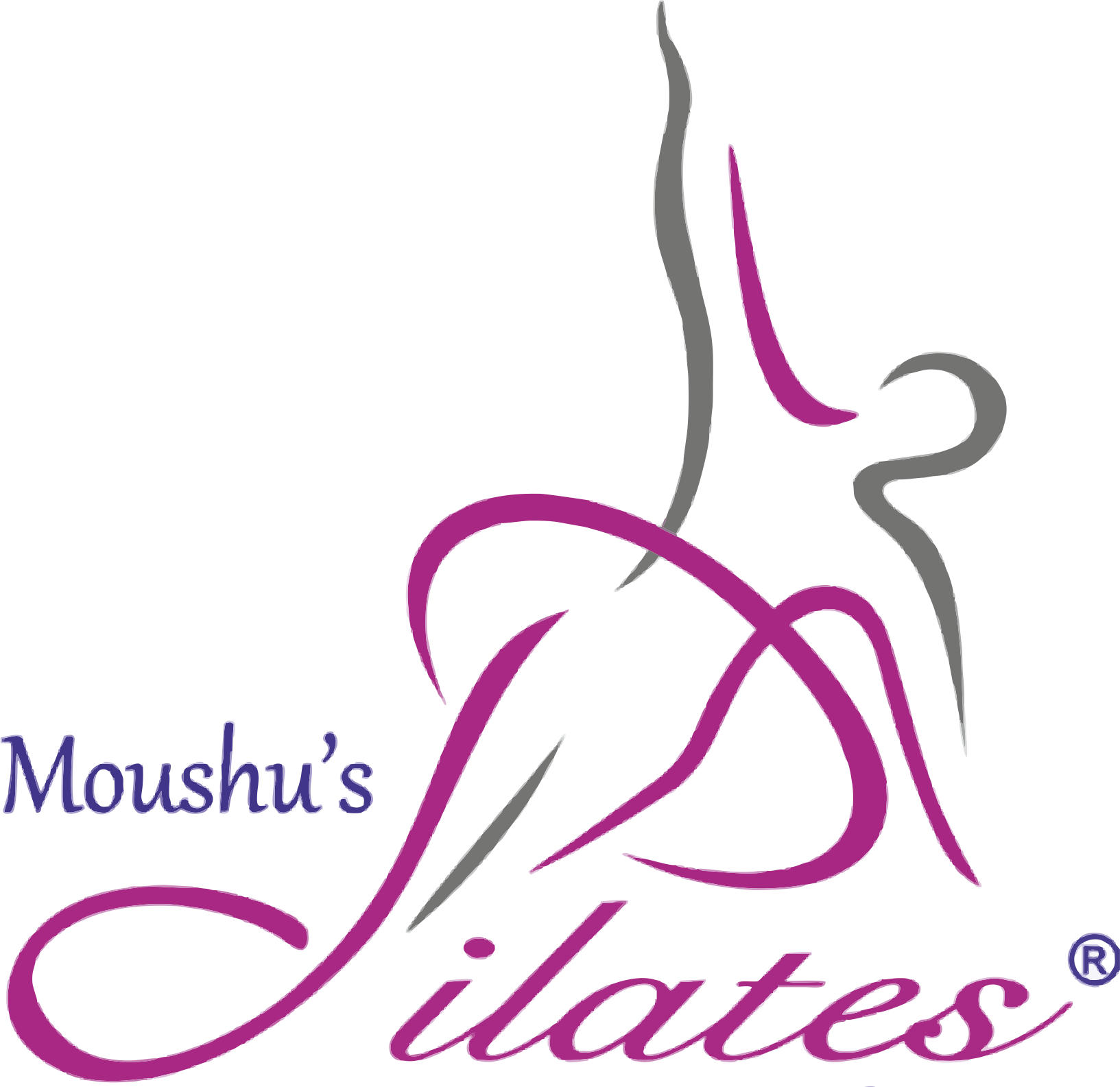Mental Health and Movement: Post-traumatic Stress Disorder (PTSD)

Known during the World Wars as “shell shock” or “combat fatigue”, Post-Traumatic Stress Disorder affected a vast majority of soldiers who fought those wars. But PTSD doesn’t just affect war veterans. It is a serious health condition that can affect people of any ethnicity, nationality or culture, and at any age. In this blog, we discuss what PTSD is, it’s common symptoms and what researchers say can combat it.
Post-traumatic stress disorder (PTSD)
Post-traumatic stress disorder (PTSD) is a disorder that develops in some people who have experienced a shocking, scary, or dangerous event. It is natural to feel afraid during and after a stressful situation. Fear triggers many changes in the body, which initiates the “fight or flight” response to defend itself. But after some time, our body returns to homeostasis and recovers from initial symptoms.
When someone continues to experience stress and fear, even when they are not in danger, they might have PTSD. According to the American Psychiatric Association, PTSD is a psychiatric disorder that may occur in people who have experienced or witnessed a traumatic event, series of events or set of circumstances.
An individual may experience this as emotionally or physically harmful or life-threatening and may affect their mental, physical, social, and/or spiritual well-being. Traumatic events can range from natural disasters, serious accidents and terrorist acts to sexual assault, bullying, and domestic violence. It could have occurred to a close family or friend, or to anyone in front of their eyes as well. Exposure to the trauma may or may not be direct.
Symptoms of PTSD
People with PTSD have intense, disturbing thoughts and feelings related to their experience that last long after the traumatic event has ended.
- They may relive the event through flashbacks or nightmares, and it might trigger the same response from them as it did in that moment leading to experience extreme sadness, fear, or anger.
- Avoidance is one of the most common symptoms, where the person might avoid people, places, activities, objects and situations that can trigger distressing memories. They might also resist talking about what happened or how they feel about it.
- Some people might have memory loss where they cannot remember important aspects of the traumatic event, or their memory might be distorted which can lead to distorted beliefs about oneself or others.
- They may also feel detached or estranged from their natural surroundings and close people and activities they previously enjoyed. They may be prone to angry outbursts and can also have strongly disproportionate startle reflex to ordinary loud noises like a utensil falling on the floor or an accidental touch like someone tapping on their shoulder.
Some people might develop symptoms within 3 months of the trauma, whereas, for others it may appear years later too. However, for a person to be diagnosed with PTSD, symptoms must last for more than a month and must cause significant distress in the individual’s daily functioning.
Physical manifestations of PTSD on health
Although, the diagnosis of PTSD doesn’t consider physiological symptoms to be confirmed, there are many physical health issues that can manifest as a result of PTSD. It may promote poor health through a complex interaction between biological and psychological mechanisms. Research is being conducted in many parts of the world to understand the exact mechanism of this.
Several studies have suggested that PTSD has a direct relationship with the risk of developing hypertension. A study of a probability sample from the US National Comorbidity Survey examined the interaction between PTSD and major depression as determinants of hypertension. It concluded that PTSD was related to hypertension, independent of depression, and that this finding could possibly explain the elevated rates of cardiovascular disease associated with PTSD.
A study by Andreski reported that of all psychiatric disorders, PTSD has the strongest link with medically unexplained pain. There is a shared pattern of symptoms with fibromyalgia, IBS, chronic fatigue, and PTSD. As discussed in the blog on Gut Health, Stress had a direct impact on the Hypothalamus-Pituitary-Adrenal Axis. Dysfunction in the HPA axis plays a role in chronic widespread musculoskeletal pain. Research also shows that these neurochemical changes may relate to abnormalities in thyroid and other hormone functions, and to increased susceptibility to infections and immunologic disorders associated with PTSD.
A research scholar, Kubzansky concluded that ‘exposure to trauma and prolonged stress not only may increase the risk of serious mental health problems but are also cardio toxic.”
Combatting PTSD
PTSD often occurs with other related conditions, such as depression, substance abuse, memory problems and other physical and mental health problems. Turning to negative coping mechanisms like alcohol, smoking and drugs is not uncommon. It may seem like the only respite at that moment, but there is a way out of the suffering. PTSD is treatable.
Psychiatrists and other mental health professionals use various effective (research-proven) methods to help people recover from PTSD. Both talk therapy (psychotherapy) and medication provide effective evidence-based treatments for PTSD.
One category of psychotherapy, cognitive behavior therapies (CBT), is very effective. Other psychotherapies such as interpersonal, supportive, and psychodynamic therapies focus on the emotional and interpersonal aspects of PTSD. These may be helpful for people who do not want to expose themselves to reminders of their traumas.
Apart from that, psychiatrists also prescribe medications to lower anxiety, depression, and physical agitation.
NOTE: Please do not self-medicate. Consult a qualified expert for your condition.
What can you do on an individual level?
In addition to consulting medical professionals, there are a few things you can do yourself to assist in recovery. There is enough research to prove mindfulness meditation can have tremendous impact in alleviating many mood disorders. Try to practice any form of meditation as a discipline on a daily basis.
Another effective strategy is to regain focus through physical activity. Researchers from Angila Ruskin University in Cambridge (UK) found that surfing can be an effective coping strategy for war veterans with PTSD. Not just surfing, any sport or physical activity, including Pilates, that can help attain a focused state of mind or state of “flow”, will help push aside other thoughts and emotions. Flow is one of the key principles of Pilates. Dr. Nick Caddick, who was part of this study, compares this with meditation and calls these kind of activities as “a moving form of mindfulness.”
Conclusion
We do not claim that physical activity and meditation are the complete solutions to any mental disorder, but they can surely aid the process. Especially any body weight training and aerobic activity can help reduce the physical somatization or manifestation of PTSD like cardiovascular issues, gut issues and idiopathic pain. If you are experiencing any mental health issue, please reach out for help. The road to recovery might be tough but it need not be a lonely one.
Check out the video below for a fun Pilates workout that you can do with us
A writer and Pilates instructor by profession, and a lawyer by education, Tarannum is passionate about art, travel, fitness and food. She has been practicing Pilates for the past five years at Moushu’s Pilates Studio and has experienced the transforming effects of it on her body, firsthand.
